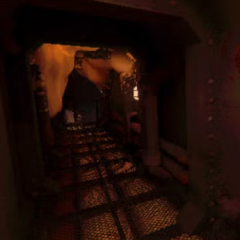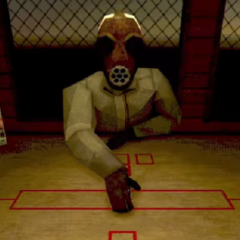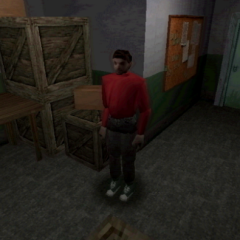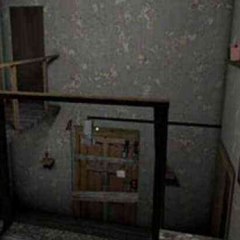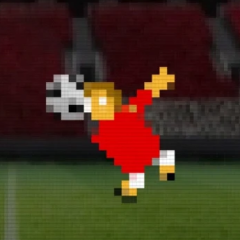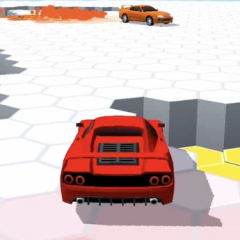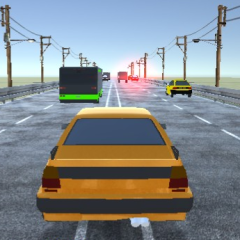Among Us
Among Us is a multiplayer deduction game where players are placed in a confined sci-fi setting and asked to complete maintenance tasks. But not everyone is working toward the same goal. Hidden among the group are impostors—players whose job is to sabotage operations and eliminate crewmates without drawing attention. The rest must survive long enough to identify and remove the threats through voting and observation. What begins as a routine checklist quickly becomes a tense contest of misdirection and suspicion.
When Trust Becomes a Tool
Each match unfolds with players completing tasks across the map, while impostors blend in, pretend to help, and wait for moments to strike. When a body is found or someone calls an emergency meeting, the quiet tension shifts to open debate. Players must defend their actions, question others, and analyze movement and behavior. The impostor, meanwhile, must lie convincingly or create just enough doubt to stay safe. No two rounds feel the same, as strategies constantly shift based on who’s playing and how people interpret silence, timing, or panic.
Custom Rules in an Unstable Space
Among Us allows players to fine-tune the rules to match the group’s preferred pace and difficulty. From the number of impostors to the length of discussions, each setting changes how players approach the game. Maps vary in layout and visibility, affecting how easily crewmates can track movement or catch impostors in the act. Visual customization also adds to the chaos—color-coded characters in quirky hats often become the subject of heated arguments, creating moments where identity becomes both literal and strategic.
The strength of Among Us lies in its simplicity. There are no complex controls, power-ups, or leveling systems. What matters is how well you watch others, remember details, and speak under pressure. For impostors, it’s a game of manipulation; for crewmates, it’s about piecing together small clues before it’s too late. The tension isn’t driven by what’s on the screen—it’s in what players think, say, and believe.
















